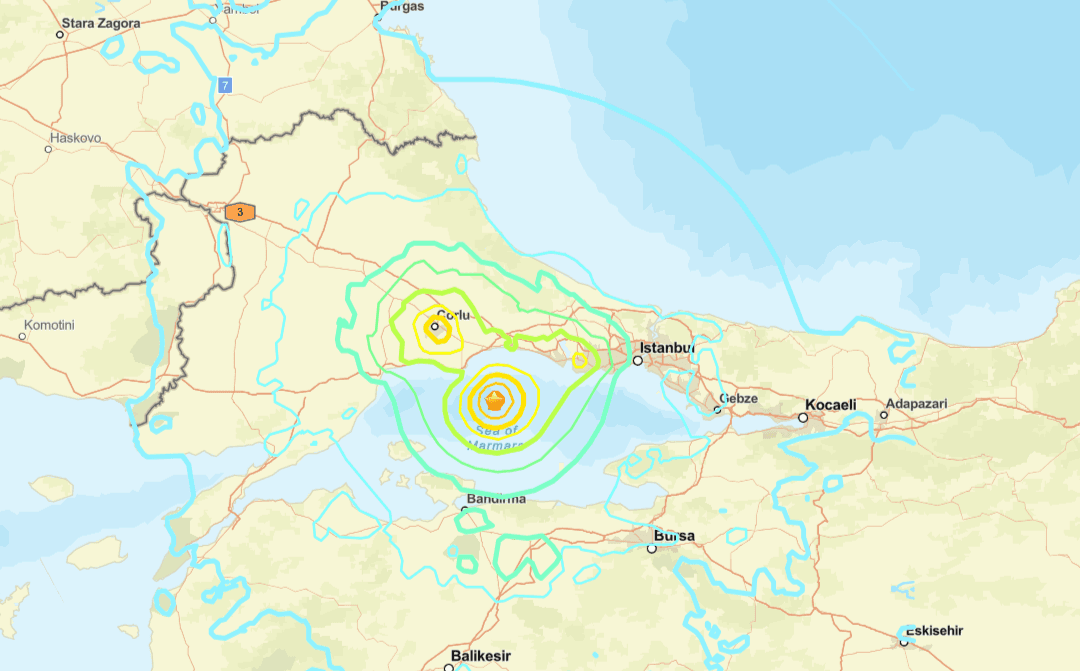NEW YORK—Oil futures were flat on May 21 as the prospect of U.S.-Iran tensions disrupting supply was offset by concerns that a drawn-out trade war between Washington and Beijing would weigh on crude demand.
Brent crude futures, the international benchmark for oil prices, shed 1 cent to $71.96 a barrel by 1:08 p.m. EDT
U.S. West Texas Intermediate (WTI) crude futures were down 13 cents to $62.97 a barrel, ahead of the front-month contract for June delivery going off the board on May 21. The July contract was trading at $63.08 a barrel.
“The situation with China is as bearish as the Iran situation is bullish. That’s why I think we continue to be here in a stalemate,” said John Kilduff, a partner at Again Capital LLC in New York.
On May 20, U.S. President Donald Trump threatened Iran with “great force” if it attacked U.S. interests in the Middle East. Washington suspects that militia with ties to Iran organized a rocket attack in Iraq’s capital Baghdad.
On May 21, Iran said it would resist U.S. pressure, declining further talks under current circumstances.
Iraq’s oil minister said a growing conflict in the Middle East poses a challenge to the stability of crude oil markets and said the Organization of the Petroleum Exporting Countries must pave the way for a “new agreement” to help stability.
Tensions have mounted during an already tight market as OPEC, Russia and other producers have withheld supply to support prices since the start of the year in a six-month agreement.
Saudi Arabia on May 19 indicated there was consensus among OPEC and allied oil producers to continue limiting supplies.
OPEC and its allies were considering moving the date of their next oil policy meeting in Vienna to July 3-4 from June 25-26, two OPEC sources said on May 20.
Also adding to market tightness was the closure of a major pipeline in Nigeria and supply disruptions from Russia.
The prolonged tariff fight between the United States and China, however, raised concerns about a global economic slowdown.
Signs that Asian economies were already being pinched by the trade conflict helped to boost the U.S. dollar to a four-week high, making crude more expensive.
Disappointing U.S. economic data that showed existing home sales fell for a second straight month also hampered crude demand sentiment.
U.S. oil stockpiles reports were due on May 21 from the American Petroleum Institute (API) and on May 22 from the U.S Energy Information Administration (EIA).
Analysts in a Reuters poll forecast crude inventories fell 2.5 million barrels last week.





